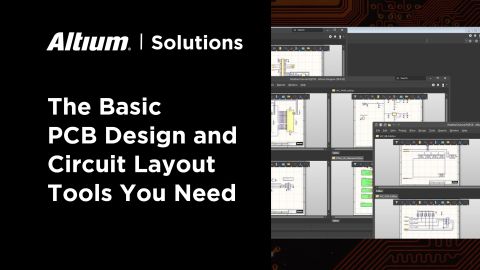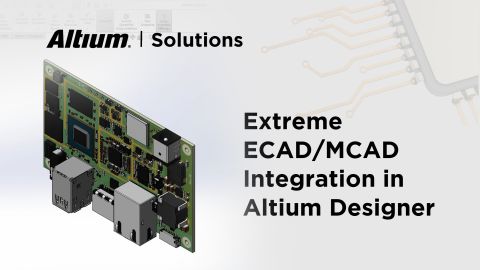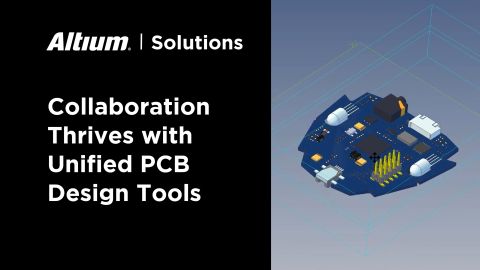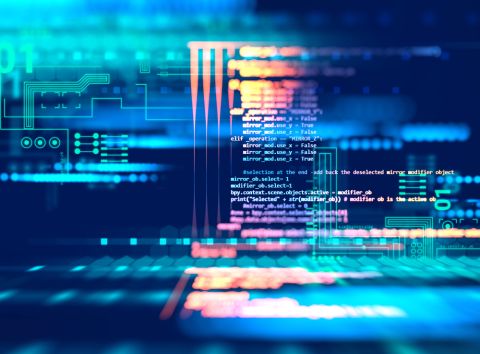Accessing New Components Faster: Can an ECAD Library Cloud Make a Difference?
Let’s face it — components matter.
We conducted some research in the middle of 2018 that focused on the role of simulation and verification in the development of board systems. In that survey-based study, we included a question about the issues that were making board design more challenging. One of the top responses was the pressure to incorporate new components into designs. That, of course, shouldn’t come as a surprise. Requirements for board systems are only becoming more demanding. New components help address those demands by offering more powerful processing and specialized capabilities.
So does this relate to what approach your ECAD application uses for library management? At first glance, it’s easy to assume that they’re all the same. However, that’s not entirely true. Severe constraints to some of the approaches.
This post reviews the three approaches to library management and details the implications of fast and accurate access to the latest electronics components. Let’s dive in.
The File-Based Component Library
Many desktop-based ECAD applications use this approach. The software and the component library file are installed locally on your device. The location of this file is specified either as a standard or configurable setting. While the ECAD software is running, it reads information from the file, exposing the traits and characteristics of the components in that library to the user.
No component library, of course, is static. As components reach end-of-life, they must be removed from the library to ensure engineers don’t place them on work-in-process board designs. As suppliers release new components, component engineers can add those parts. As mentioned earlier, the timeliness of access to newly available components is vital.
In the file-based component library approach, the component engineer makes the updates to the file. Engineers designing boards can only access the updated library after the IT staff has distributed the component library file, which only occurs at some standard frequency.
The issue here lies in that frequency. As stated before, getting access to the information and definition of the latest components is becoming a pretty important task. If that is only done once a month, then, there is some latency that can undermine an organization’s ability to use the latest components.
The Database Approach to Component Libraries
The file-based approach isn't the only one used for component libraries with desktop-based ECAD applications. Some tools use a client-server architecture where the locally installed software connects to a database software server. This approach provides many interesting advantageous capabilities, such as simultaneous multi-user collaboration. However, it carries implications for the component library as well. Instead of installing a file on each desktop, the component library sits on the server, providing a single place to change the library.
That fact alone makes it far easier to provide access to the latest devices. Suddenly, IT no longer needs to distribute a component library file to every single desktop. Centralized access to a component library also allows component engineers to push changes out faster to the engineers designing board systems.
The Cloud-Based Component Library
How is a cloud-based approach different from a database approach? From an internal perspective, they work very similarly. Whether through a desktop client or a browser, engineers connect to a server that sits in the cloud. The component library is in that same server. Changes can be made in one place. Component engineers can push those changes more quickly.
There is one significant difference between the cloud-based and database approaches to component library management: supplier updates. Many component suppliers now provide online access to their latest components. They offer a catalog of those components through their websites. There are now web services that aggregate and distribute such information from a wide variety of suppliers.
Why is that advantageous? Cloud-based ECAD solutions can now directly connect to such aggregators of component information. These applications can pull information and definitions of the latest components in near real-time. Component engineers can triage such components as appropriate to the component library. They no longer have to reenter such information. It is a far faster and more straightforward process.
A cloud-based approach to component libraries eliminates the distribution of files and the manual updates of component libraries. The process can be as fast, or as a slow, as your company deems












